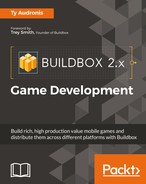As we've said many times previously, there are a ton of different types of games you can make with Buildbox. We could quite literally make an encyclopaedia about the intricacies of each one. But that's not our purpose here. Our goal is to get you familiar with how Buildbox works and all of the driving principles behind it, and then show you some of the potential. This will hopefully get you thinking and inventing new ways to use Buildbox on your own (rather than just copying what we do, and what others have done). So, here's to you taking Buildbox to the next level! Shall we get started with some other examples?
Isometric (ISO) games are ones that are still presented two-dimensionally, but do represent a third dimension (depth). This would be games such as Qubert ( https://itunes.apple.com/us/app/qbert-rebooted/id1010883120?mt=8), ZAXXON (http://www.classic-retro-games.com/games/shooters/zaxxon-70), the original Legend of Zelda, and so on. ISO games are also called 2.5D (two-and-a-half D) because although they resemble a 3D game, they still work and behave like a 2D game. ISO games add a bit of realism, and a whole other dimension of complexity to game play.
The initial setup for an ISO game is simple. When you're setting up your game, just choose either ISO Jump or ISO Jump Slide from the Gameplay Settings area of the Creator screen, as shown in the following screenshot:
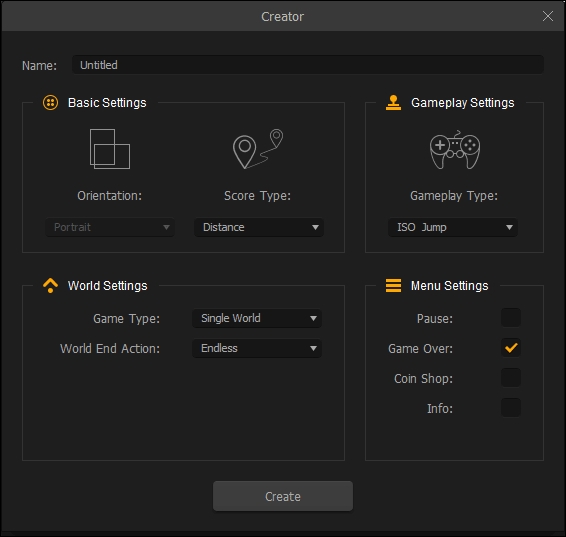
The first thing you're going to notice with an ISO game in Buildbox is that right off the bat, everything looks a bit cockeyed. Even the stage is tilted to the left. This has to do with the direction that the game will scroll (instead of from right to left, from upper-right to lower-left). So, because the game scrolls in this direction, the backgrounds and scenes extend in the direction of the scroll. You can see this in the following screenshot:
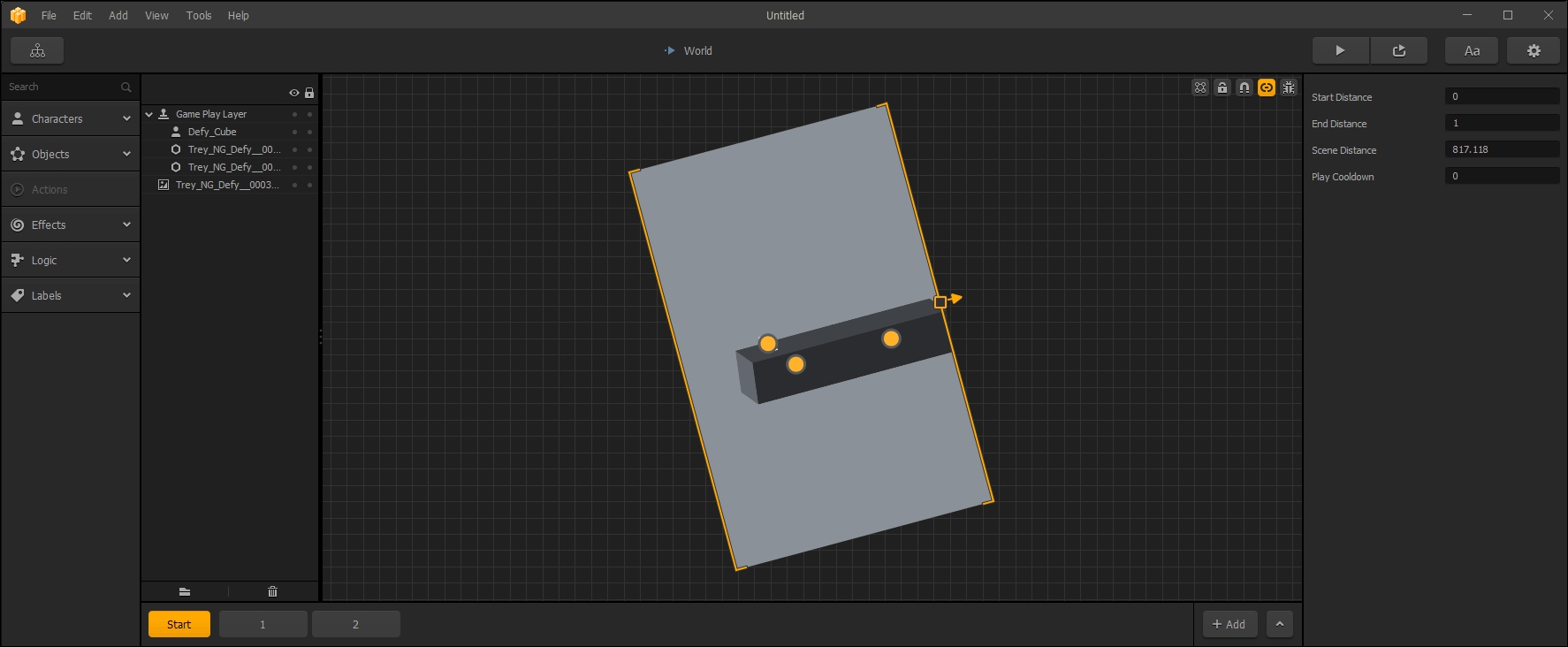
Now, let's take a quick look at how collision shapes work in ISOs. In the following screenshot, you'll notice that the graphic itself is level, and the object (an oblong cube) is slightly rolled forward rather than made with the same slant the stage has. This is a good practice because you'll most likely have to adjust its angle to match the stage anyway.
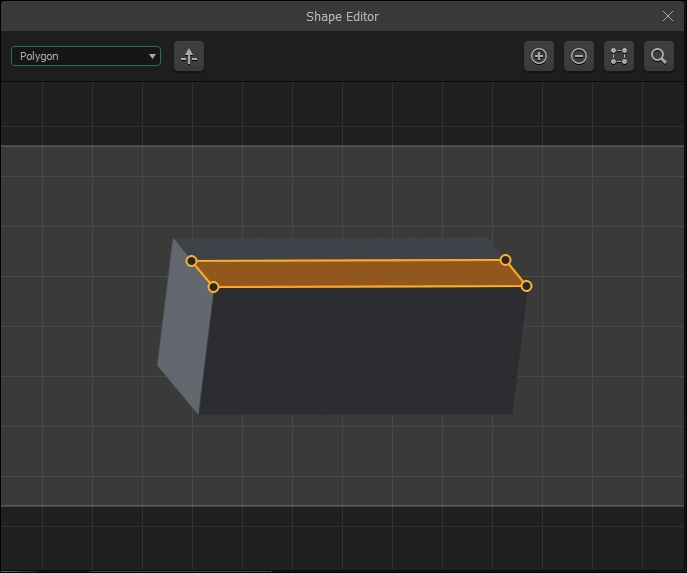
You'll also notice that the collision shape only takes up half of the top surface of this object. This is so that your character can move along the object directly on its center. It helps with the illusion of depth, and gives the perception that the character is actually on the surface.
Similarly, the character itself has a collision shape that takes the perspective of 2.5D into account. If there is an object above, it would hide the top surface of our character, and behind would hide the back surface of our character (making it important to keep the order of objects in relation to characters important in the Layers window). And, our character will overlap the collision area of objects below our character. Thus, we also align the bottom part of our collision shape with the center line of what our inferred bottom surface is. It looks like the following screenshot:
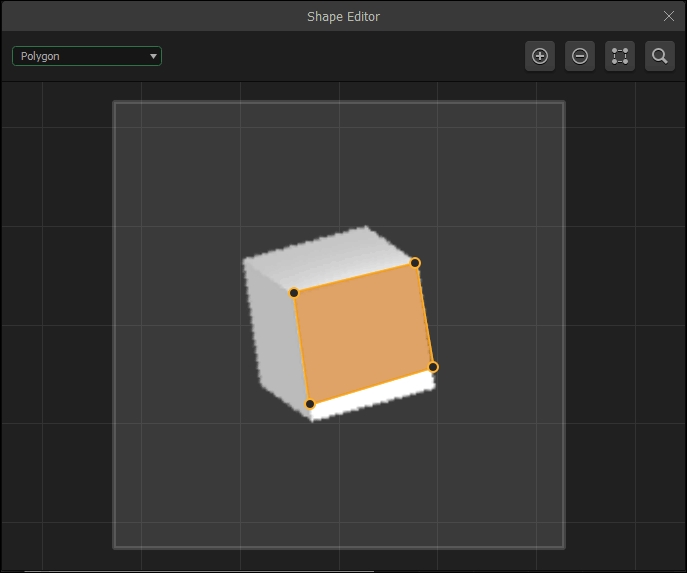
So, as you can see, the complexity level does go up a bit with ISO games. Furthermore, there are some other limitations. For instance, as the objects are still actually two-dimensional, if you try to make your character (or other objects) tumble, the results will just look...odd. So, you'll definitely want to get a different type of game under your belt before attempting an ISO game.
